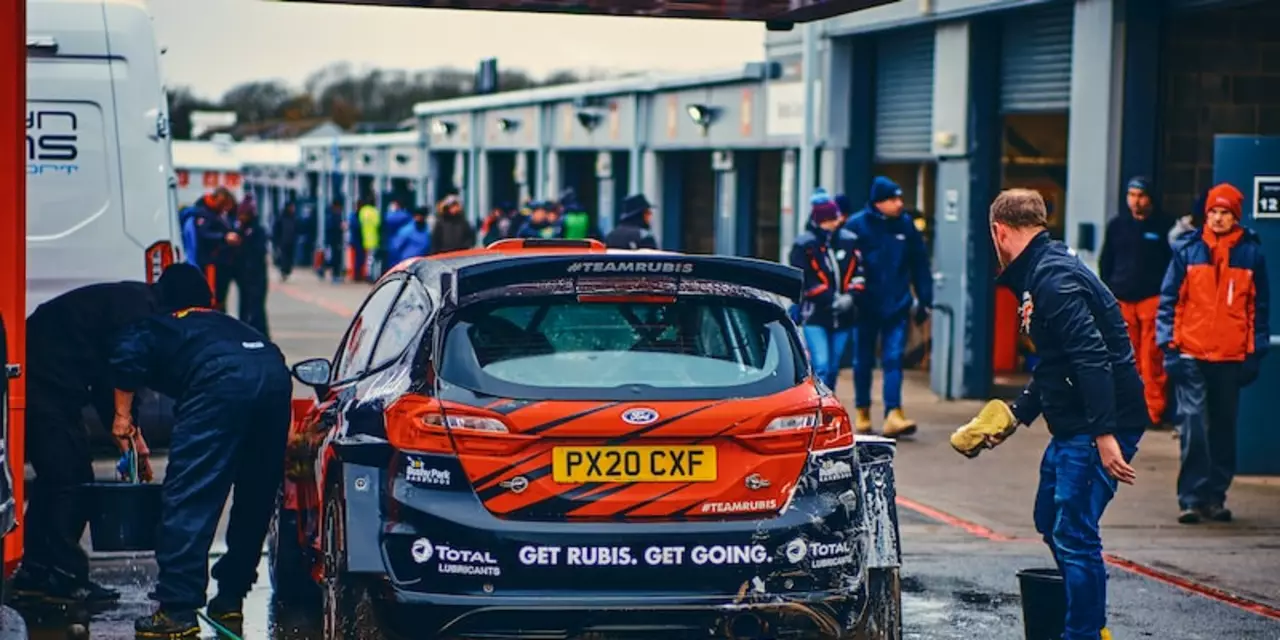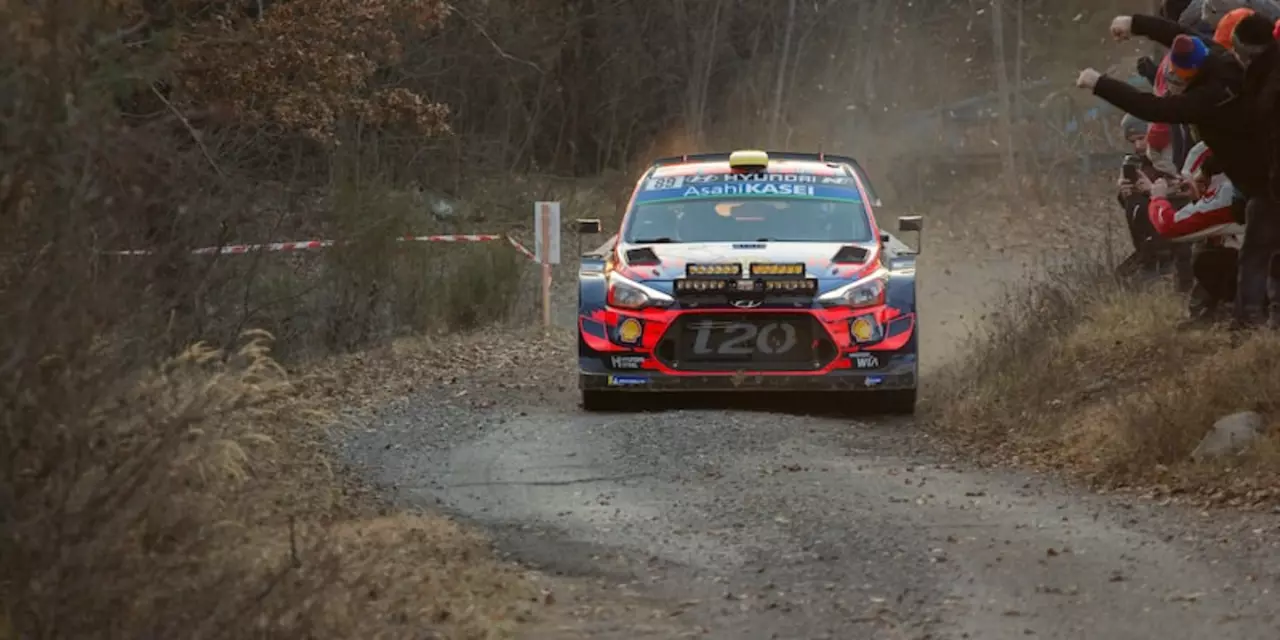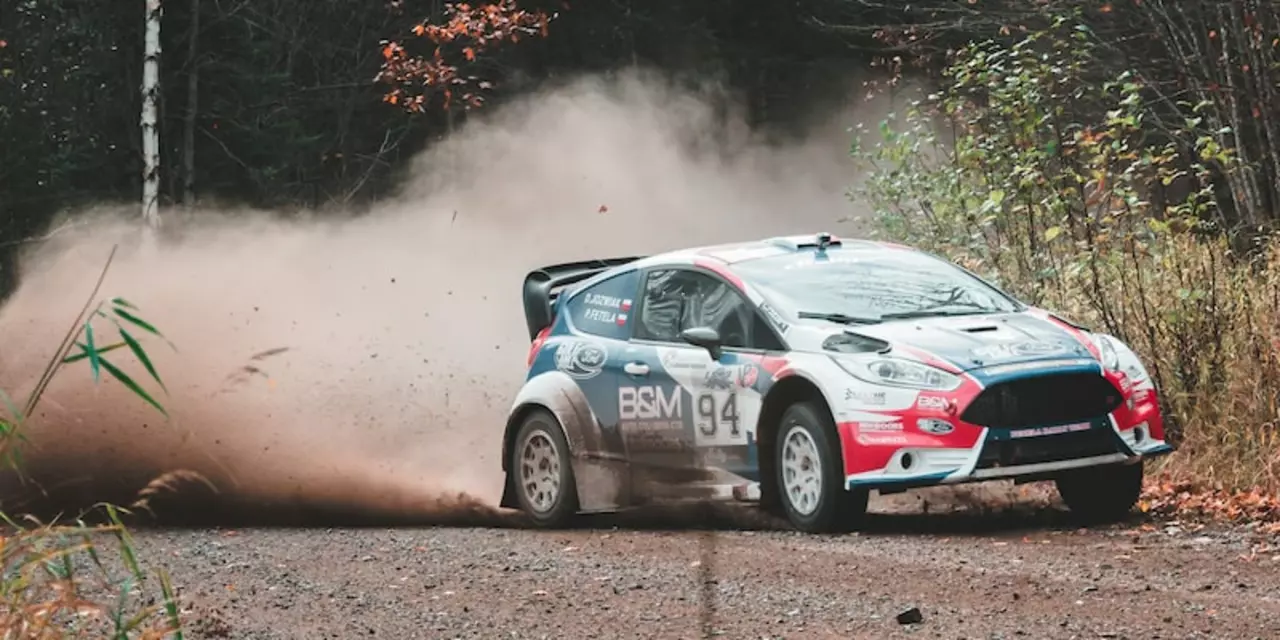 In rally car racing, why were Group B rally cars banned?
In rally car racing, why were Group B rally cars banned?
Group B rally cars were banned in 1986 after a series of fatal accidents. These cars, built for speed, featured lightweight materials and turbocharged engines, making them the fastest, most powerful rally cars of their time. The cars' extreme capabilities and lack of safety measures made them too dangerous for public roads and caused a number of deaths of both drivers and spectators. As a result of the fatalities, the FIA (Federation Internationale de l'Automobile) decided to eliminate the Group B category and replace it with the safer Group A cars, which were less powerful and featured more safety features. This decision not only ensured the safety of drivers, spectators and the public, but also kept racing exciting for fans.
 How many spectators are killed in rally races?
How many spectators are killed in rally races?
Rally racing is one of the most dangerous motorsports with a high chance of fatalities, both among drivers and spectators. Since the birth of rallying in the early 1900s, hundreds of drivers, co-drivers, and spectators have been killed in rally accidents. The exact number of spectators killed in rally races is difficult to pinpoint, but the most recent estimates suggest it could be as high as 150.
 How fast do rally cars go in MPH?
How fast do rally cars go in MPH?
Rally cars are designed to go fast on challenging terrain, and they can reach impressive speeds. On average, rally cars can go up to 130 mph, but they have been known to go up to 180 mph in some cases. Modern rally cars also feature advanced safety features to ensure driver safety.